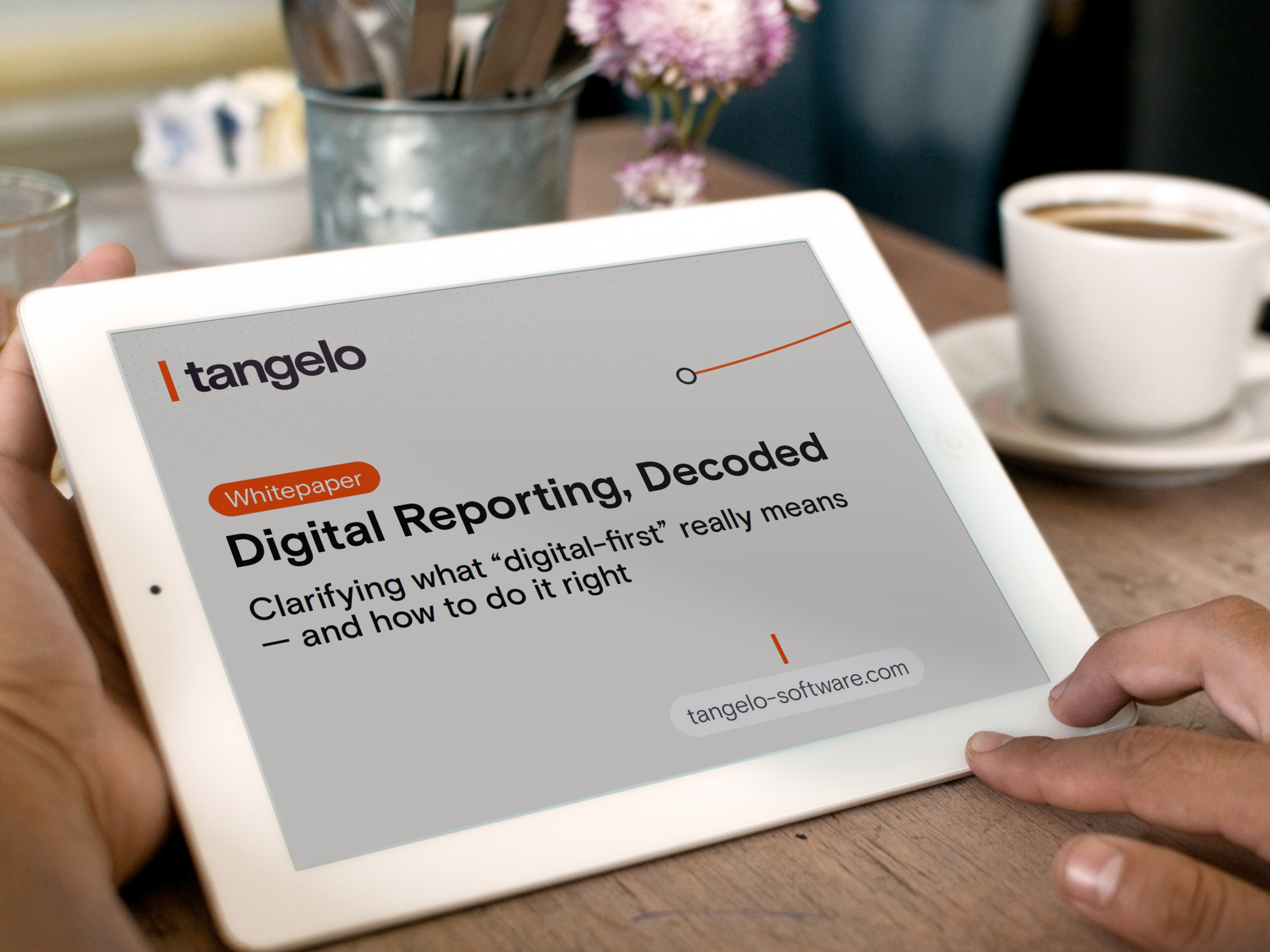Digital Reporting, Decoded: Why it’s time to rethink what digital-first really means

In corporate reporting, “digital” has become one of the most overused and misunderstood terms. Everyone agrees that digital reporting matters, yet few agree on what it means in practice. Some teams frame digital reporting purely in terms of inline XBRL compliance. Others think it’s about publishing reports as interactive microsites. Many simply mean “not printed.”
Finance, sustainability, design and external agency teams often use the same term while referring to very different outcomes. Our latest whitepaper, Digital Reporting, Decoded, was written to cut through that confusion and bring clarity back to the conversation.
Who it's for
This guide is written for teams across corporate reporting, investor relations, sustainability, finance, governance and design. If your work involves reporting strategy, regulation, publication or corporate storytelling, it is relevant to you.
A resource for teams evolving their reporting process
For these teams, the shift from traditional reporting to a digital first approach is not just a format change. It is a strategic shift in how reporting is planned, produced and delivered. This guide will help you:
- Understand the terminology and avoid costly misalignment
- Build a reporting process optimized for multiple outputs
- Make better decisions about formats, workflows and priorities
- Move beyond compliance toward true multi channel communication
Most importantly, it provides a clearer framework to align teams, partners and stakeholders around one shared definition of digital reporting.
Reporting is entering a new phase
The regulatory landscape is shifting fast. From ESEF in Europe to emerging sustainability mandates worldwide, structured digital reporting is no longer optional. At the same time, stakeholder expectations have moved beyond PDFs as the primary reporting experience. Companies are simultaneously being asked to comply, inform, and engage across multiple channels.
That means reporting teams aren’t just producing a report. They’re producing multiple versions for different audiences:
- A machine readable electronic version used for regulatory filings
- A designed PDF used for circulation and review
- A web based version designed for engagement and accessibility
When these formats are treated as disconnected outputs, reporting becomes slow, expensive, and inconsistent. When they’re understood as part of one digital-first process, everything changes. This whitepaper shows how to move from fragmented formats to a unified digital first reporting process.
What you'll learn
The whitepaper breaks down the three primary reporting formats and how they relate to each other: electronic reporting for regulators, PDF reporting for circulation and review and online reporting for engagement.
It also explores why PDFs still matter, how static design elements often fail in browser based formats, and how regulatory expectations are evolving across regions including EU, UK, South Africa, Australia and New Zealand.
Throughout, you will see examples of companies turning annual and sustainability reports into interactive digital experiences rather than static publications.
Ready to go deeper?
Clarity starts with shared language.
Latest resources
Tangelo Software re-certified as XBRL Software
Tangelo Software earns renewed XBRL certification, confirming trusted compliant reporting capabilities.
Technology and Reporting Insights from Our Hybrid Event in Johannesburg
Technology, culture and collaboration shape the evolving future of corporate reporting in SA.
